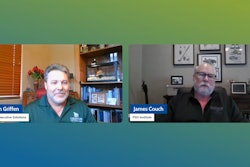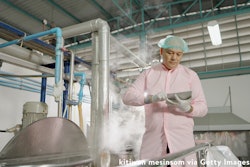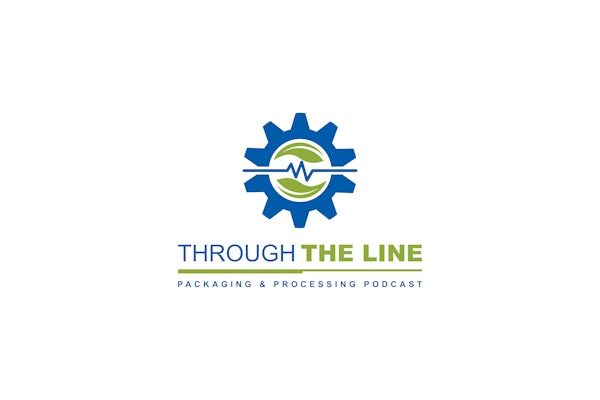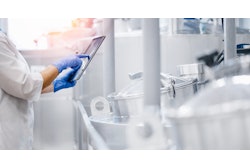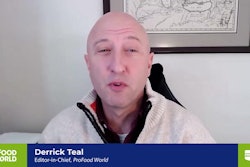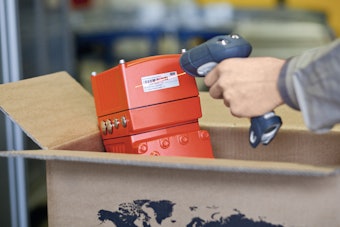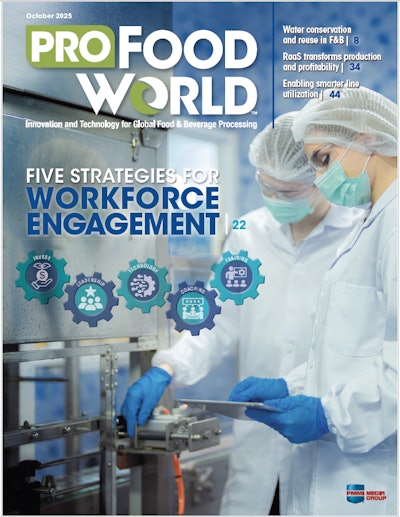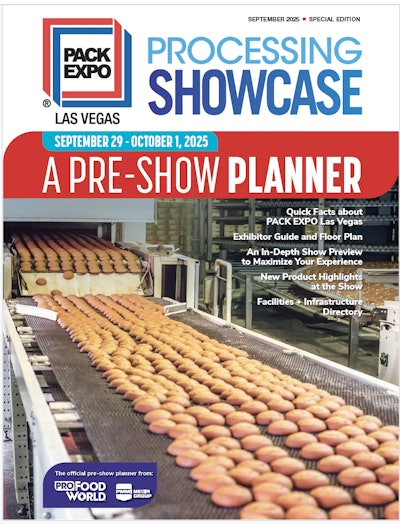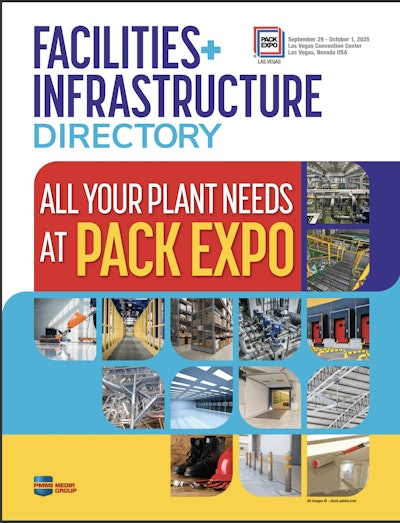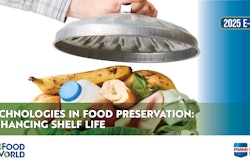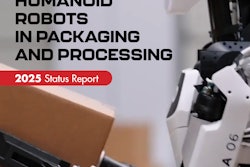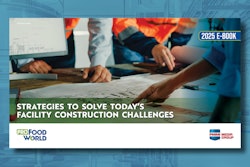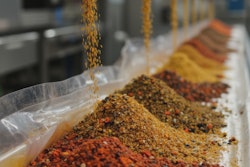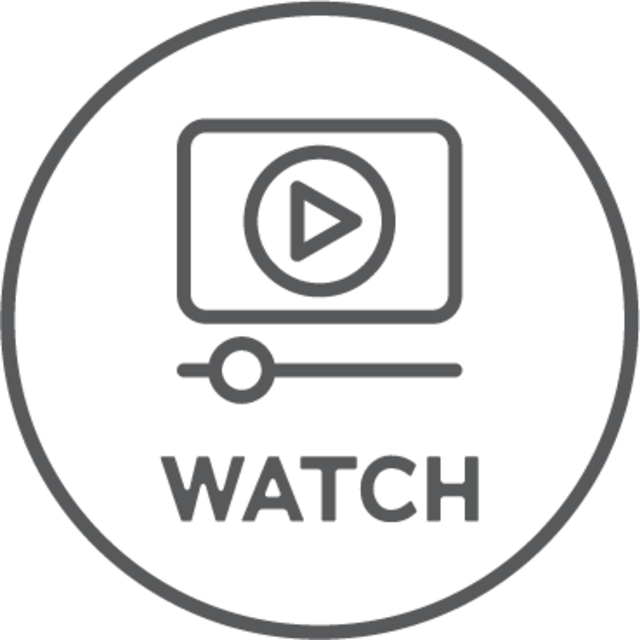 | Watch the full interview at ProFood World for more insights on acceptance testing in food production. |
Bryan Griffen: What are some of the best behind-the-camera tools, if you will, that have made the virtual FATs possible and effective as we go forward?
James Couch: A lot of that's the cameras. I mean, having multiple cameras that were actually recording at different angles as we were testing the equipment. It would capture things that even boots on the ground there, you didn't always see, because you're getting it from one viewpoint. You may or may not catch a hiccup or something that didn't look quite right.
But by having cameras, and we would have them from top to bottom, inside the equipment, places that you couldn't normally get to under traditional historical FAT processes.
And the streaming was so much better. We incorporated slow-motion videos, high-speed videos in the process. It gave us the ability, we could run a test that normally we'd spend historically, three to five days sometimes, on-site doing an FAT. Where with a virtual or even after the pandemic, as we continued on, we still utilize that, that virtual thing.
We used all the cameras and it would allow us to record things that morning or spend half a day, and then the other half a day at the OEM, we would spend that going back through the videotapes and reviewing that process. So it allowed us to pick up things, communicate with key people within the OEMs, the potential challenges or problems that we might observe within the process. Just phenomenal.


